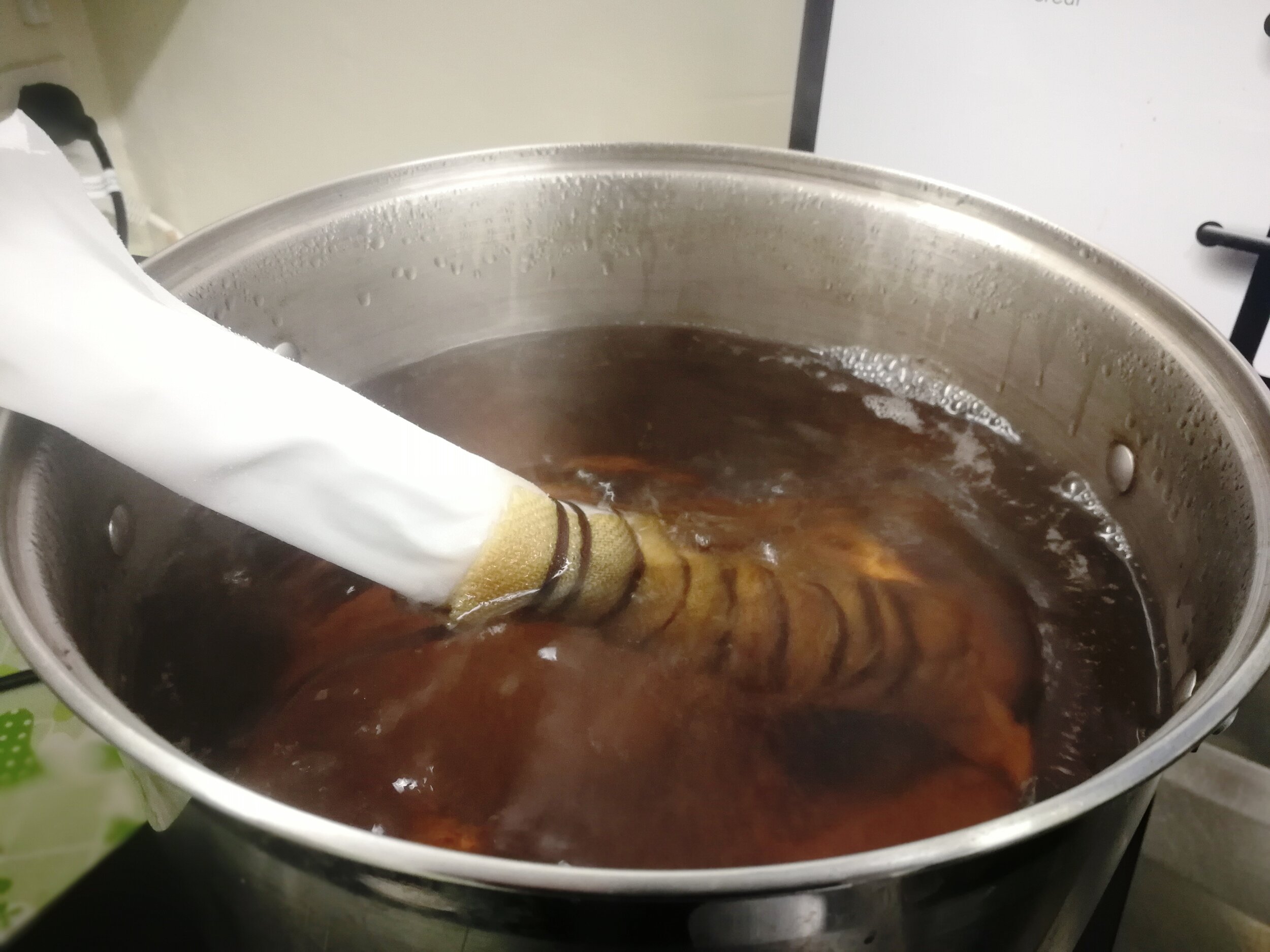Perfectly Imperfect
This is how my work is often described. As a textile artist, garment designer and maker, I never make anything that doesn’t have imperfections. Some are deliberate but most emerge as part of the creative process of experimenting and innovating, as I problem-solve my way from pieces of textile on a table, to a finished garment that is ready to wear.
This week I heard an interview with a researcher who talked about the impact perfectionism is having on young people’s self-esteem of mental health. The example he cited was a young man in the UK who constantly strived to be the best. The young man was reticent to acknowledge his achievements. He was self-critical of the effort it required to achieve the same results as his peers, and his internal compass told him that he would need to increase his efforts each time he achieved a goal, in order to meet his higher and higher expectations. He could see that his approach was producing diminishing returns for his effort and he was exhausted. This example demonstrated an unsustainable and unhealthy obsession with perfection.
Where does this obsession come from and does it impact society more broadly?
I see it in the fashion industry that presents models who wear impeccably styled outfits, lots of make-up and whose image is airbrushed to present an unreal, but familiar image of perfection. Ordinary people never look like the models who sell the clothes but that doesn’t stop young men and women starving themselves and spending lots of money in their attempts to achieve perfection.
During my artist residency at Vinnies Re Sew I have seen amazing textiles, showing the marks of use (a small tear, a tea stain, a button missing, a moth hole) relegated to landfill because they are no longer perfect. Take the example of cotton, the most sought-after textile on earth. It is water hungry, costs many laborers, in unregulated economies, their health to farm and manufacture it into cloth. We see cotton in the discard bin at Vinnies as quilt covers, sheets, towels and garments. I was amazed to see quality cotton textiles in the bin at Vinnies and I collected them routinely for my work. I was disheartened by what was being thrown away – both by the person who originally paid full price for it and secondly by Vinnies, who is trusted to put donations to good use. Is sending textiles to landfill its best end use?
More importantly, why do small imperfections that are so easily remedied, break our relationship with our belongings? When an Op Shop can’t realistically find a buyer for them, even quality textiles are discarded. What is missing in our thrift economy that means that these resource-rich textiles move from useful to useless relatively quickly – even prematurely? Some of the answers is that people are time poor and belongings must perform at peak output all the time. Repairing textiles takes time – not long, but it does take a mindful approach. Our consumer culture promotes shopping as a leisure activity. Once the ripped/stained/worn item is donated to a charity, another purchase soon fills the void in the household and the cycle of permanent perfection is maintained. This Take, Make, Waste – Repeat mentality reinforces our desire for perfection and keeps profits and growth of global companies healthy.
My point is that perfection is not only corrosive to self-esteem, it is choking the thrift stores with unwanted and unusable goods.
So, what does all this have to do with Vinnies Re Sew? There have been seven participants in the Waste to Warmth project, run from the Kilbirnie studio on three days each week from 7 October to 15 November. Conceived as a skills training and confidence development initiative, we have concentrated on making four designs from waste textiles (scarf, mittens, vest and bags), using both hand and machine sewing techniques. We worked through concepts and ideas, made patterns and cut and pieced textiles to achieve individual designs. In each class I shared my practice of perfect imperfection, encouraging creative problem solving so that each participant developed their own strategies to achieve their goals. I also shared some skills in the use of waste botanical materials such as leaves and onion skins to dye textiles and fibres.
Each item produced in the project is bespoke to the desires and vision of each participant. The works are brilliant. The creativity and individuality expressed by the participants demonstrate commitment, adaptability, courage and drive to succeed.
We are near the end of the project and everyone involved is very proud of the results. A showcase of the Waste to Warmth project will be presented as a runway show at Kilbirnie Community Centre on 30 November at 6pm. All Welcome
Barbara Wheeler is an Australian textile artist and sustainability advocate who lives in Wellington. Barbara has been the artist in residence at Vinnies Re Sew from September to November 2019. You can find out about her work at www.everythreadcounts.design















